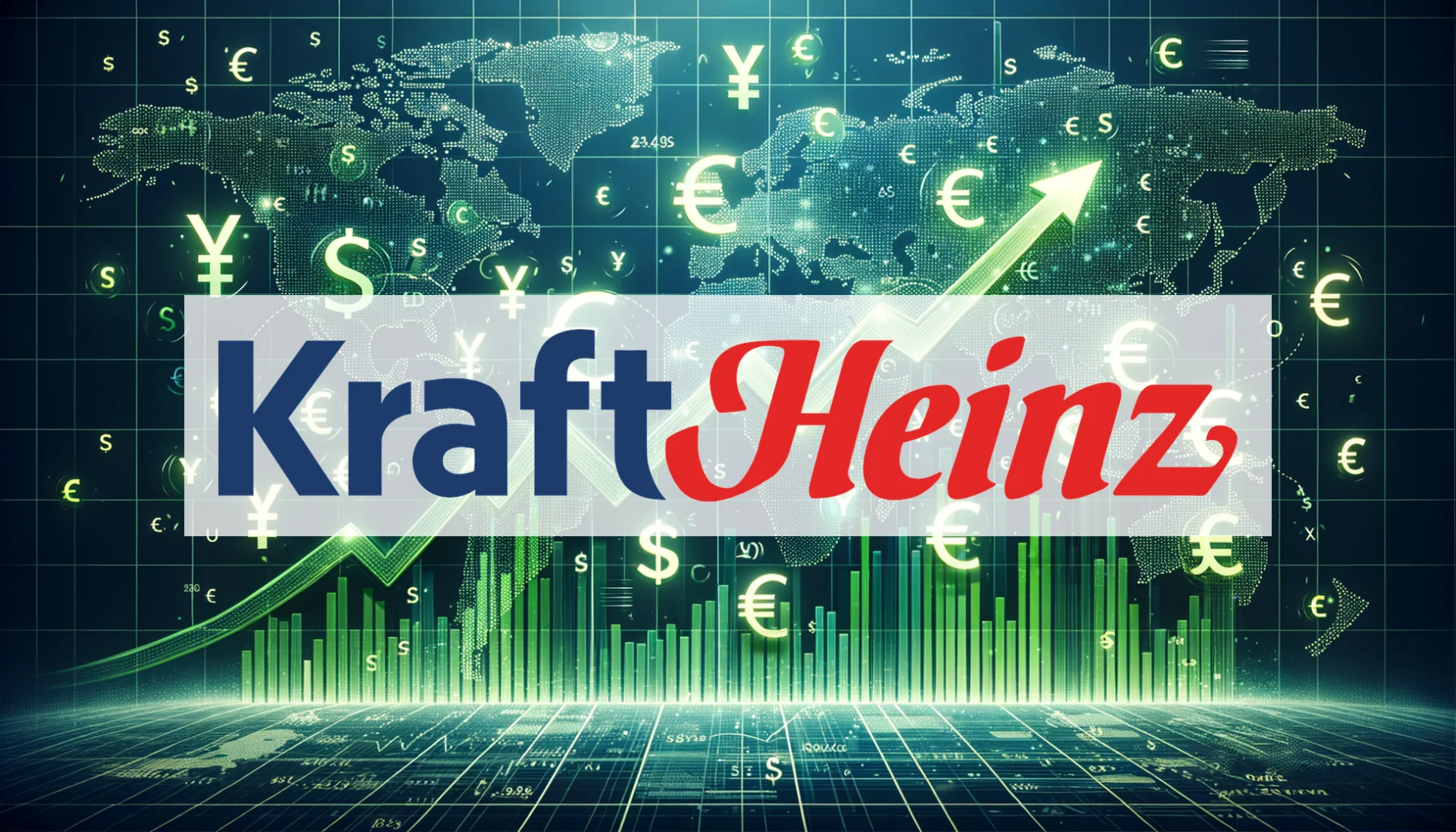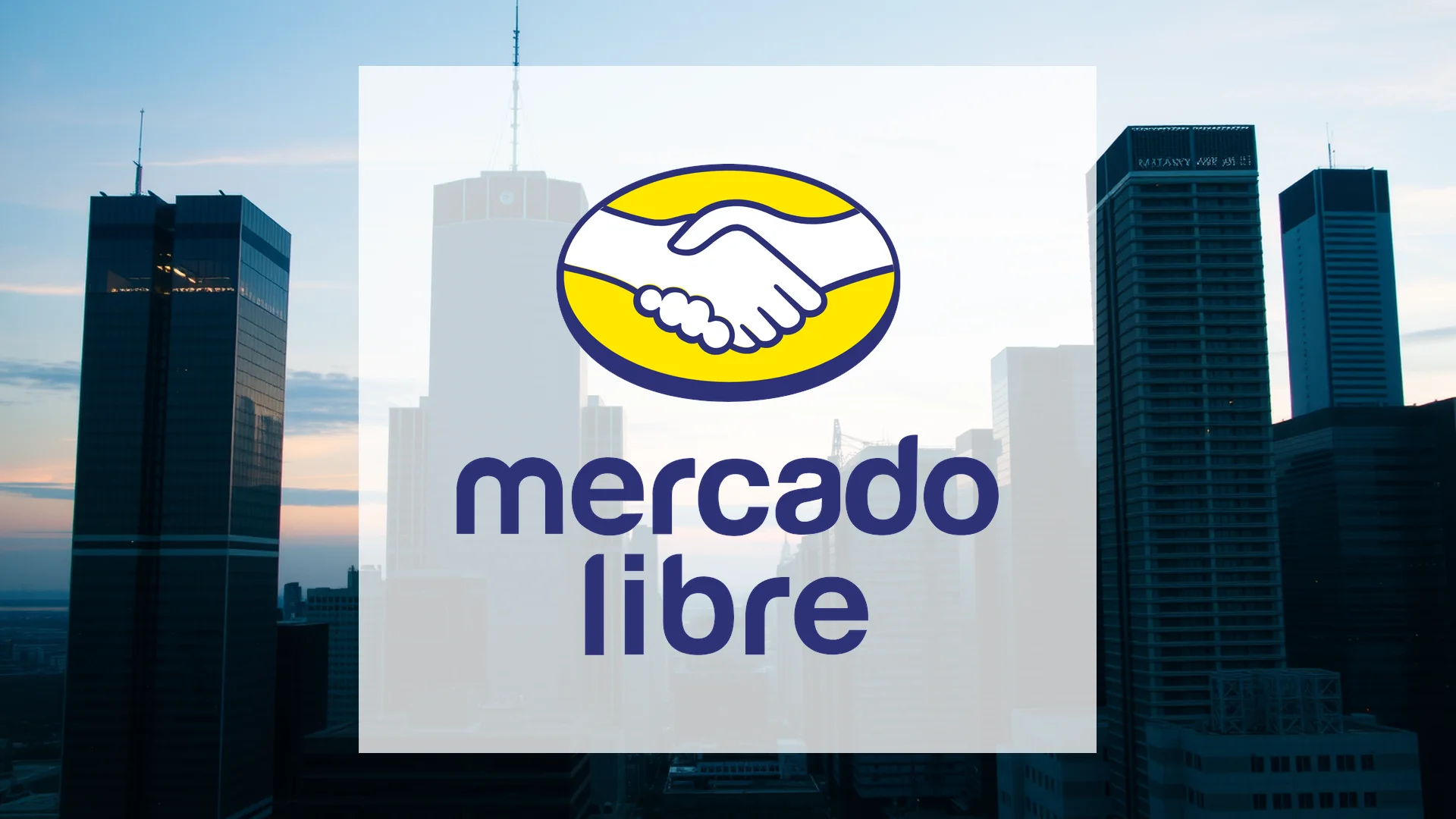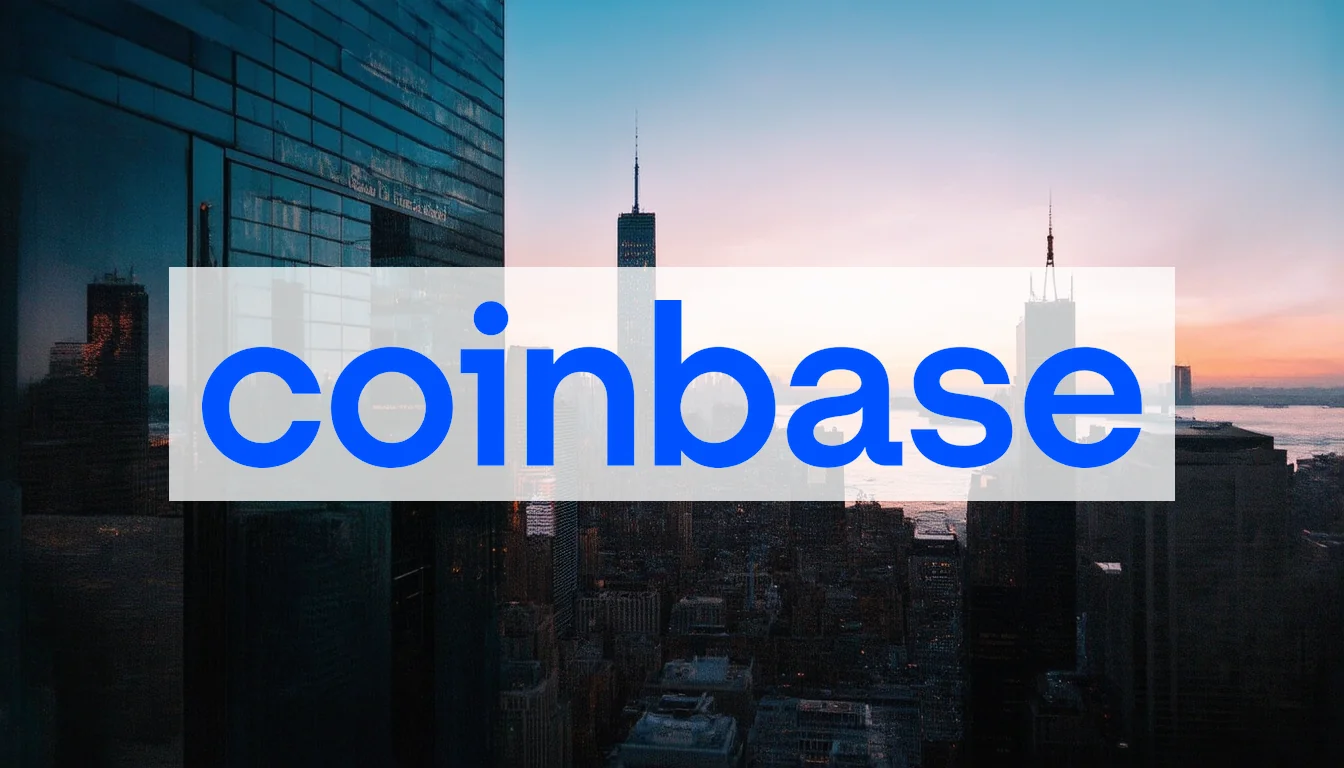Professional investors are sending a clear signal about Kraft Heinz, and retail shareholders should take note. In a dramatic move, Frank Rimerman Advisors LLC slashed its stake in the food giant by a staggering 63.5%. This divestment leaves the firm with a mere $421,000 position. When institutional managers exit so aggressively, it raises a critical question: what insights do they possess that the broader market is missing?
A Bleeding Balance Sheet
The fundamental picture for Kraft Heinz is deeply concerning. The company currently reports a negative price-to-earnings ratio of -6.70, a direct consequence of substantial asset write-downs. Even more alarming is its net margin, which sits at -17.35%. These figures indicate a business that is fundamentally losing money.
Despite these losses, Kraft Heinz continues to distribute a quarterly dividend of $0.40, translating to an annual payout of $1.60 per share. This offers a tempting yield of approximately 6.4%. However, this high yield may be a trap. Without a return to profitability, sustaining these shareholder payments is not feasible, making the dividend a potential lure for income-focused investors unaware of the underlying fragility.
Widespread Institutional Skepticism
The sell-off by Frank Rimerman is not an isolated incident but appears symptomatic of a broader loss of confidence among sophisticated investors. While there are some countervailing moves—Archer Investment Corp increased its holding by 27.4%, and Swedbank AB raised its stake by 13.6% to nearly 880,000 shares—these purchases seem insignificant against the dominant trend of withdrawal.
The message from active, research-driven money managers is unambiguous: they are losing faith in the long-promised turnaround story at Kraft Heinz.
Should investors sell immediately? Or is it worth buying Kraft Heinz?
Analyst Consensus: A Gloomy Outlook
Market experts have delivered a damning verdict. The average rating for the stock is “Reduce,” and the consensus price target of $26.58 suggests minimal upside potential. Major institutions, including Barclays, Deutsche Bank, and Piper Sandler, have recently lowered their targets. Weiss Ratings has gone a step further, issuing an explicit “Sell” recommendation.
Analysts point to several structural headwinds: intensifying competition from private-label brands in the discount sector, shifting consumer preferences, and the growing focus on health and wellness. The rising popularity of GLP-1 weight-loss medications is also cited as a factor pressuring the company’s traditional business model.
The Technical Perspective
From a chartist’s viewpoint, the signals are mixed. The Relative Strength Index (RSI) reads a neutral 55.02. The stock is trading below its 200-day moving average of $26.51, confirming the persistent long-term downtrend. A minor positive is that it remains above its 50-day moving average of $25.32, hinting at some short-term stability. Nevertheless, without a fundamental catalyst for growth, any significant upward movement is likely to be limited.
Kraft Heinz shares are currently stuck in a difficult position. The dividend provides a tempting yield, but the company’s profound operational weaknesses are a major deterrent. Until the company can demonstrate a clear and sustainable path back to profitability, the path of least resistance for the stock price is likely to remain downward.
Ad
Kraft Heinz Stock: Buy or Sell?! New Kraft Heinz Analysis from November 21 delivers the answer:
The latest Kraft Heinz figures speak for themselves: Urgent action needed for Kraft Heinz investors. Is it worth buying or should you sell? Find out what to do now in the current free analysis from November 21.
Kraft Heinz: Buy or sell? Read more here...








